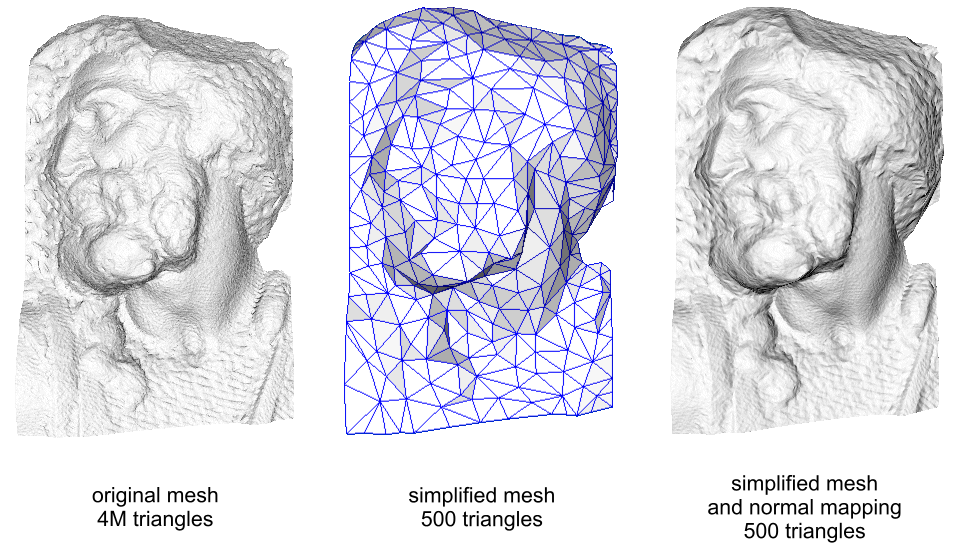Hi guys, I have been making my 3d engine for past 3 months. It's my first try and honestly it's also my first c++ program  (I don't count school educational programs). So I want to share my program, If u wonder why I'm doing this, I just want to know what u think
(I don't count school educational programs). So I want to share my program, If u wonder why I'm doing this, I just want to know what u think  . I know this engine still lacks lots of features like sky, particales and more... But as I said before just let me know what u think: maybe it is look crappy for your or not very optimized or maybe some ideas about developing.
. I know this engine still lacks lots of features like sky, particales and more... But as I said before just let me know what u think: maybe it is look crappy for your or not very optimized or maybe some ideas about developing.
Requirmanets:
-Windows 7/Vista not sure about 8 and 8.1 never tried.
-Video card that is capable Dx10
By the way I made it totatly from scratch with c++ ,directx 11 and I used two addional libraries bulletphysics and assimp. I don't know if it's worth it as I said it's my first try, because I saw unity now is most popular way to create games and sometimes I have second thoughts about continueing my engine. Maybe some one experienced could tell me, what is better to create game on your own engine or on other engines like unity, orge?
And in the future I'm planing to create a game with my engine like zombie shoter or smth. In this version I just put some simple models for showcase and there's also a child from warcraft3 animated by blinky if i'm not wrong .
.
Sorry for bad gramma , I hope it's readable
, I hope it's readable  .
.
Controls:
W - move forward
R - spawn a box that moves forward your look at point(100 model max, after this point u gona get error )
)
esc - close app
(Engine -> http://www.hiveworkshop.com/forums/pastebin.php?id=prhxng <-)


Requirmanets:
-Windows 7/Vista not sure about 8 and 8.1 never tried.
-Video card that is capable Dx10
By the way I made it totatly from scratch with c++ ,directx 11 and I used two addional libraries bulletphysics and assimp. I don't know if it's worth it as I said it's my first try, because I saw unity now is most popular way to create games and sometimes I have second thoughts about continueing my engine. Maybe some one experienced could tell me, what is better to create game on your own engine or on other engines like unity, orge?
And in the future I'm planing to create a game with my engine like zombie shoter or smth. In this version I just put some simple models for showcase and there's also a child from warcraft3 animated by blinky if i'm not wrong
Sorry for bad gramma
Controls:
W - move forward
R - spawn a box that moves forward your look at point(100 model max, after this point u gona get error
esc - close app
(Engine -> http://www.hiveworkshop.com/forums/pastebin.php?id=prhxng <-)


Last edited:








